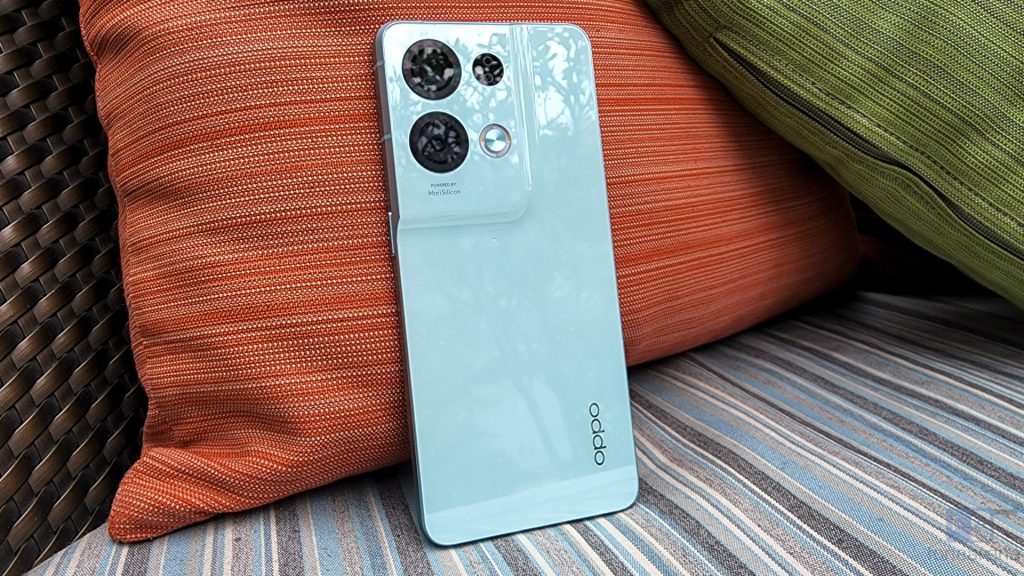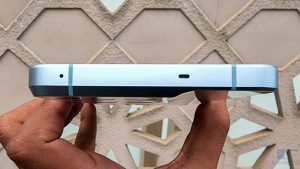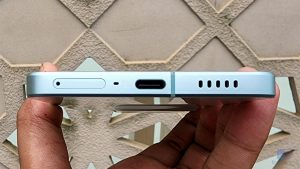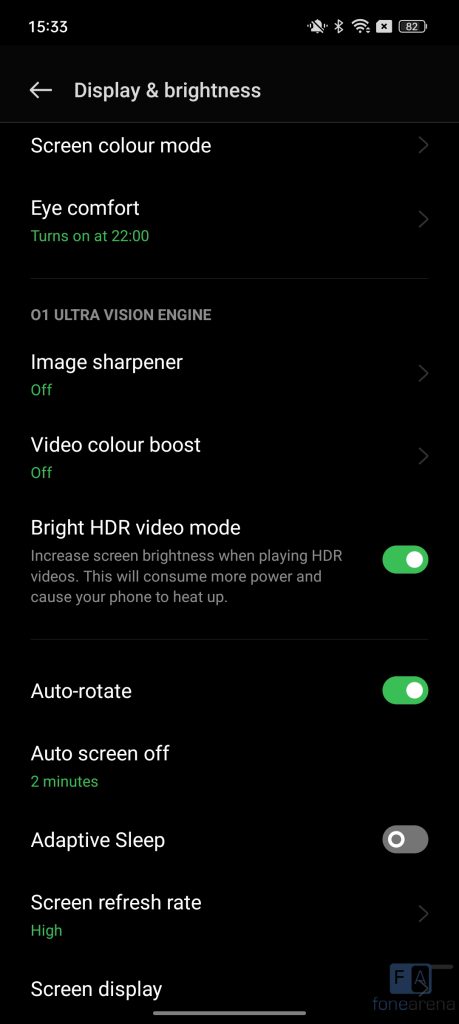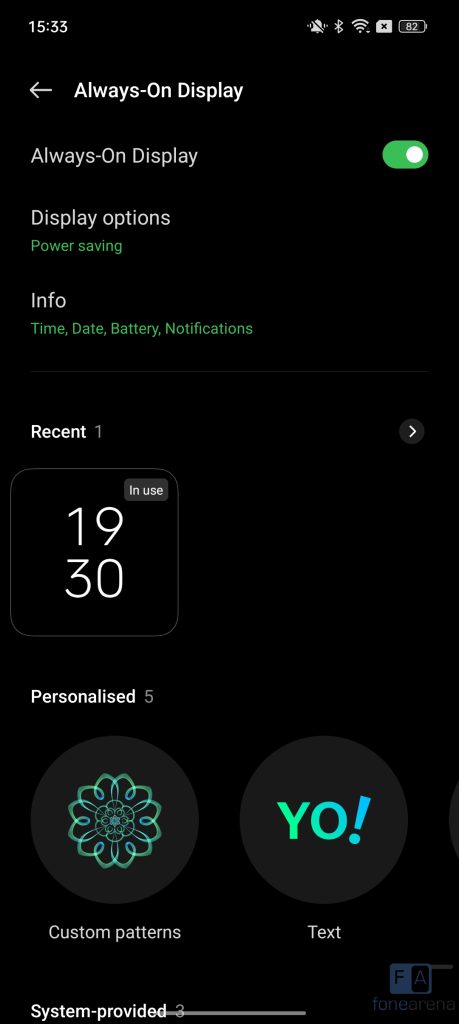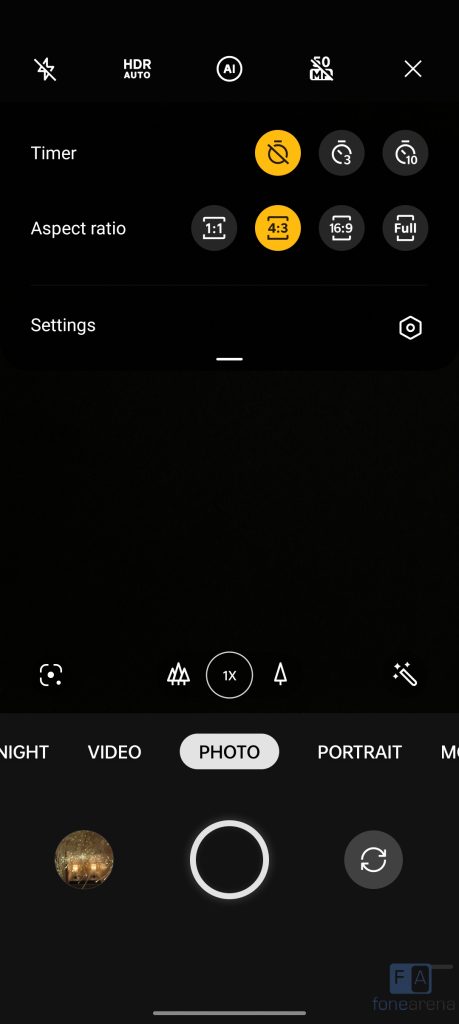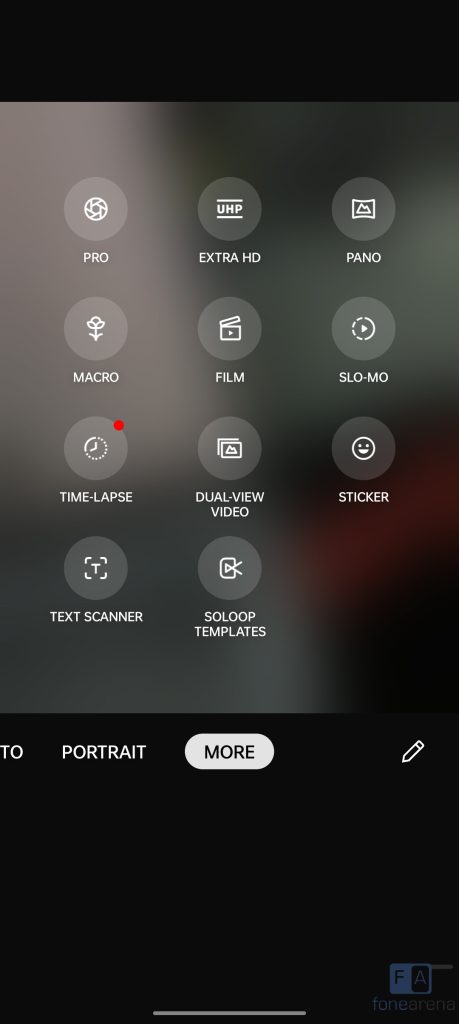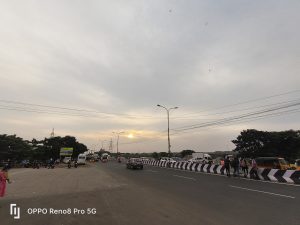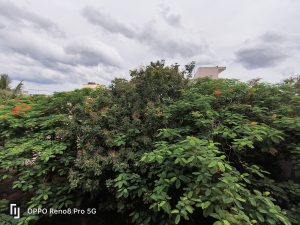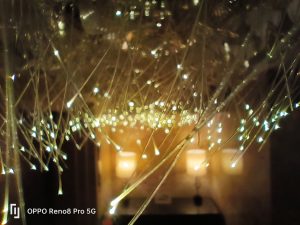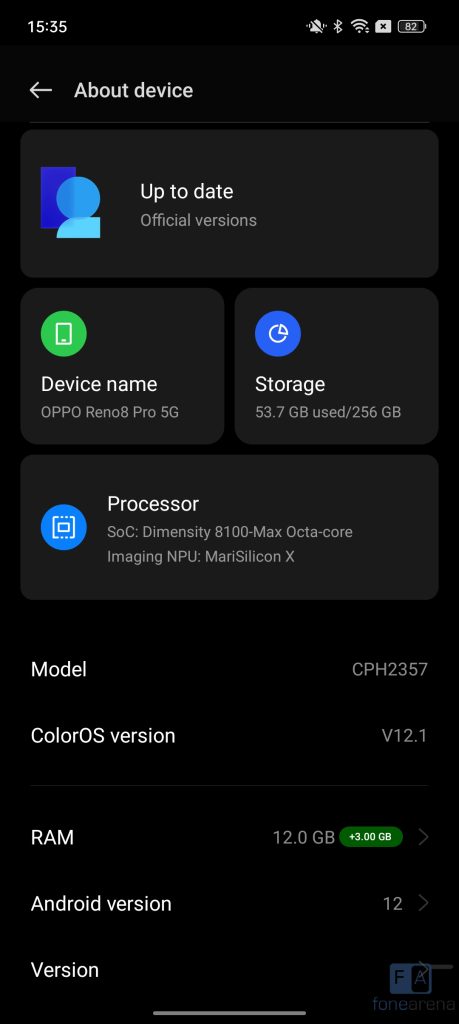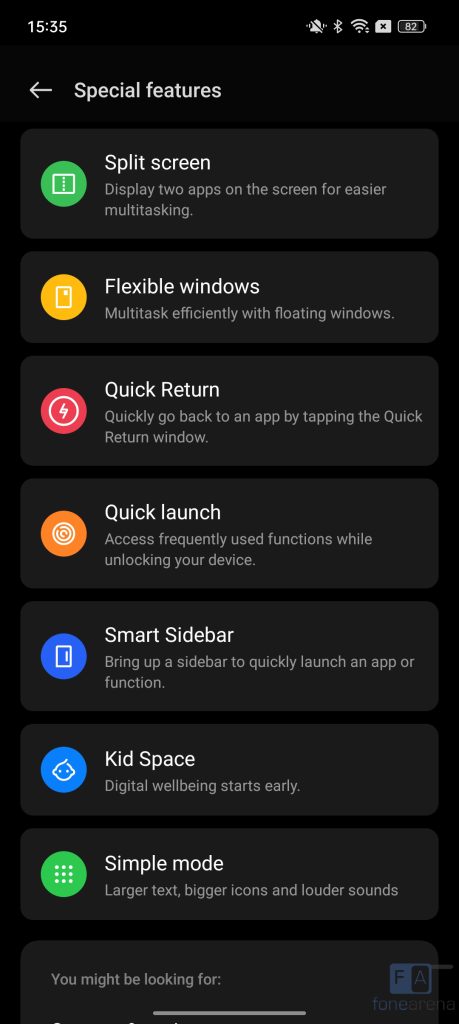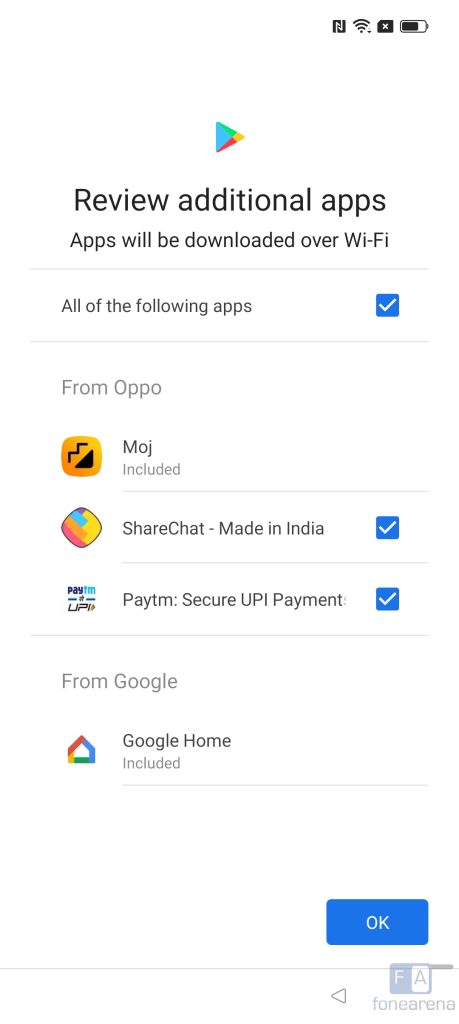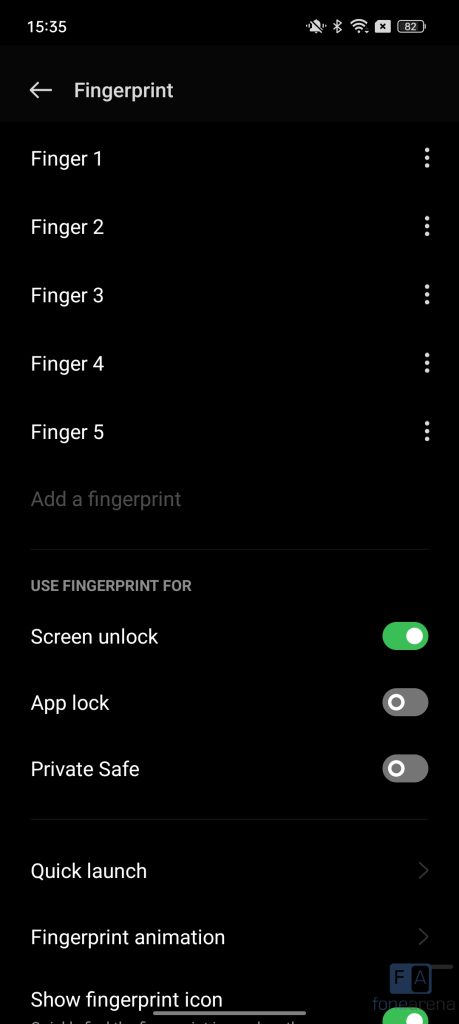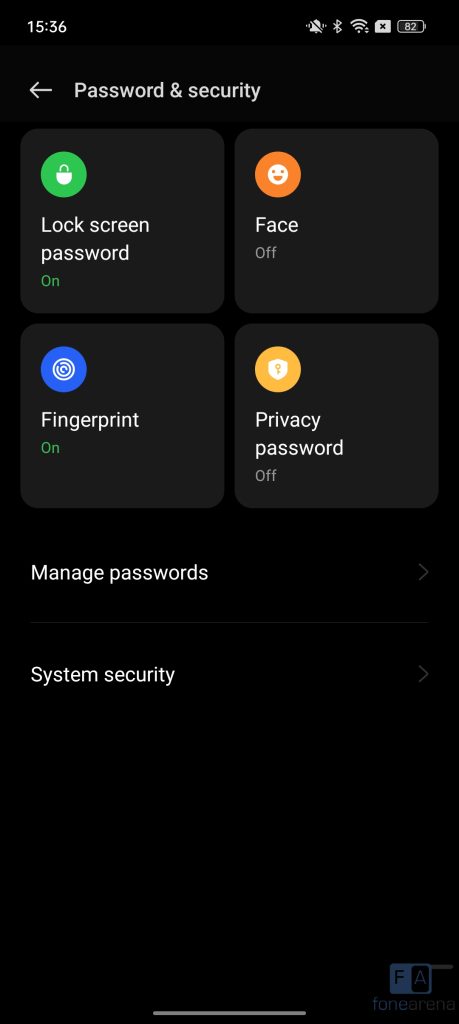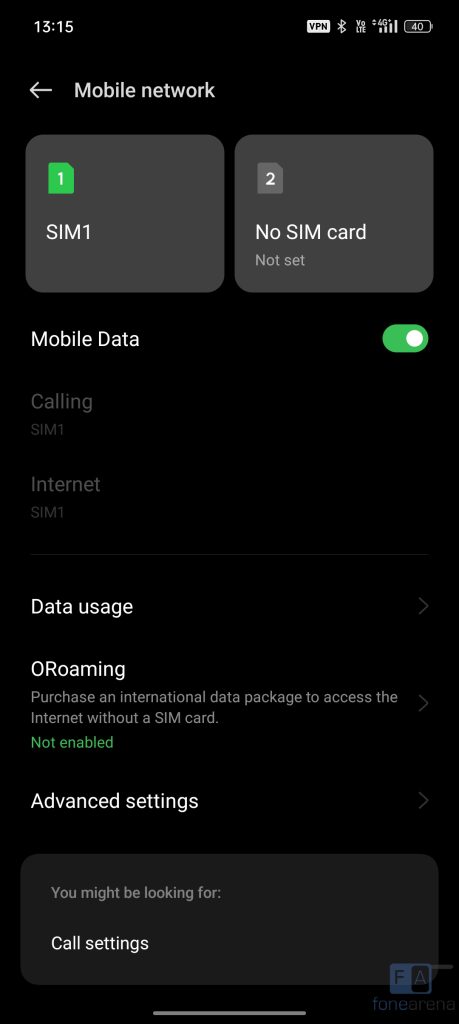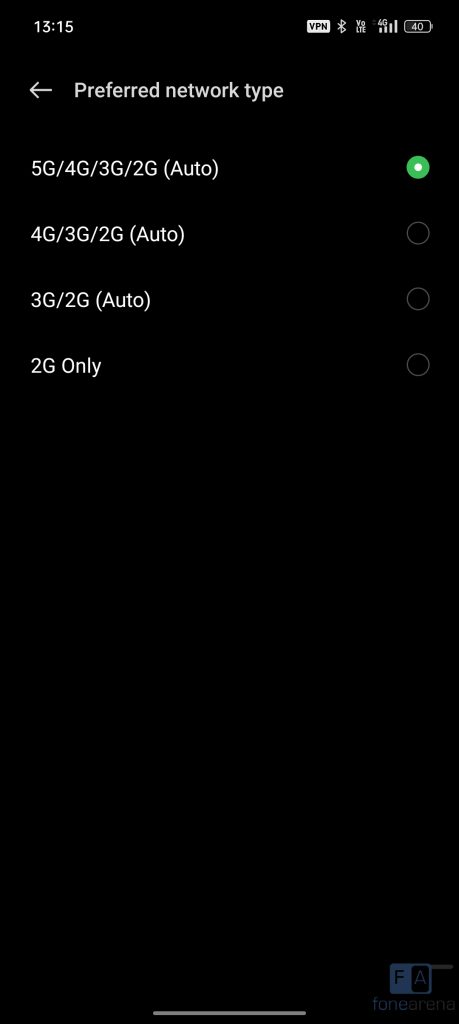For many years now, the Reno series has been the most premium offering from OPPO in India. The latest device from the series is the Reno8 Pro, which launched in July. It has received some notable upgrades when compared to the Reno7 Pro, such as a better processor and their dedicated Marisilicon X NPU. Are these changes worth the price bump? Read on in my review to find out.
Box Contents
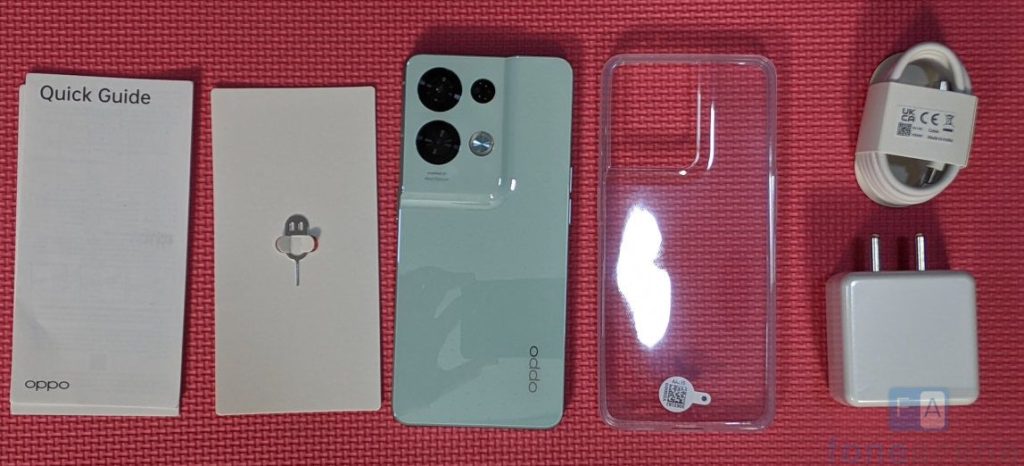
- OPPO Reno8 Pro 12GB+256GB variant in Glazed Green colour
- 2-Pin 80W SuperVOOC charger (11V-7.3A)
- Clear TPU protective case
- USB Type-A to Type-C cable
- SIM Ejector Tool
- Warranty and Quick start guide
Hardware and Design
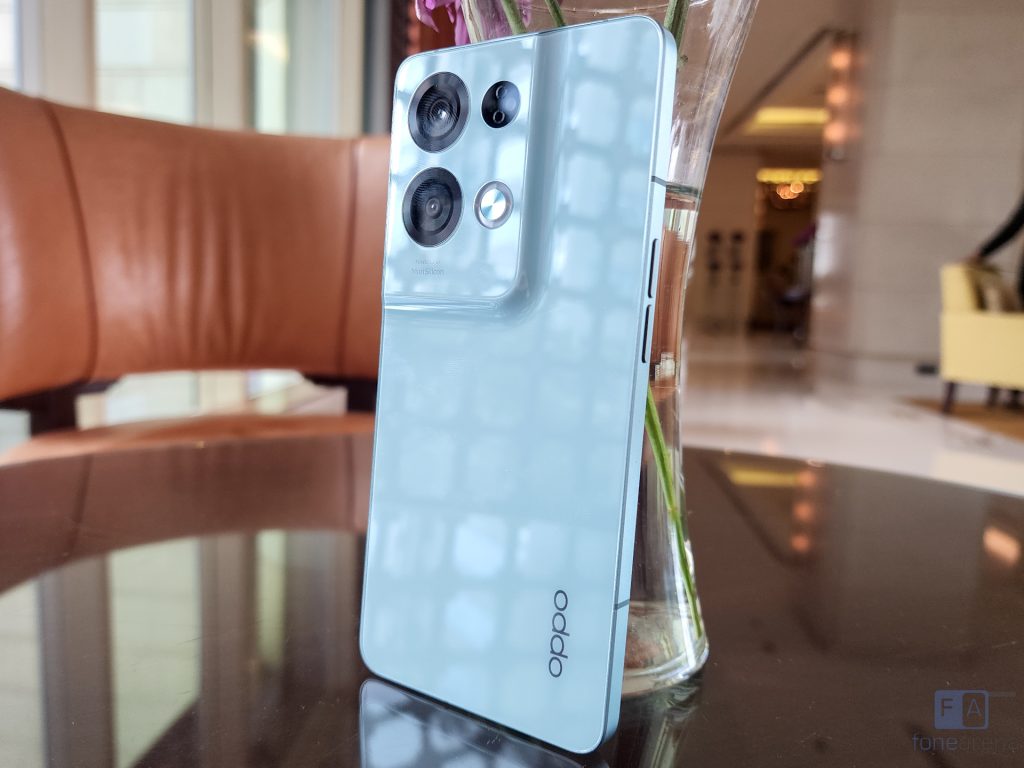
With every generation of Reno smartphones, OPPO has refreshed the design. The Reno8 Pro continues to feature a flat edge design, similar to the Reno7 Pro, except it has a new rear design. The rear glass takes inspiration from their flagship Find X5 smartphone, with a streamlined unibody design and a smooth camera bump. The finish is glossy, which does feel nice to look at and feels good to touch. However, it does pick up a lot of fingerprints, and it can be a little slippery. Personally, I prefer the look and finish of the Reno7 Pro, and I wish OPPO continued to use that.
The side railings are made out of metal with chamfered edges, and thankfully it’s not glossy. The power button can be found on the right edge, while the volume rocker can be found on the left edge. On the top edge there is a microphone and a cut-out for a speaker. On the bottom edge, you can find the USB Type-C port, SIM card tray and another speaker grill. There are also loads of antennae cut-outs, which should help the 5G reception. The front camera is housed in a cut-out in the top centre of the display, which is the best position in my opinion.
Display
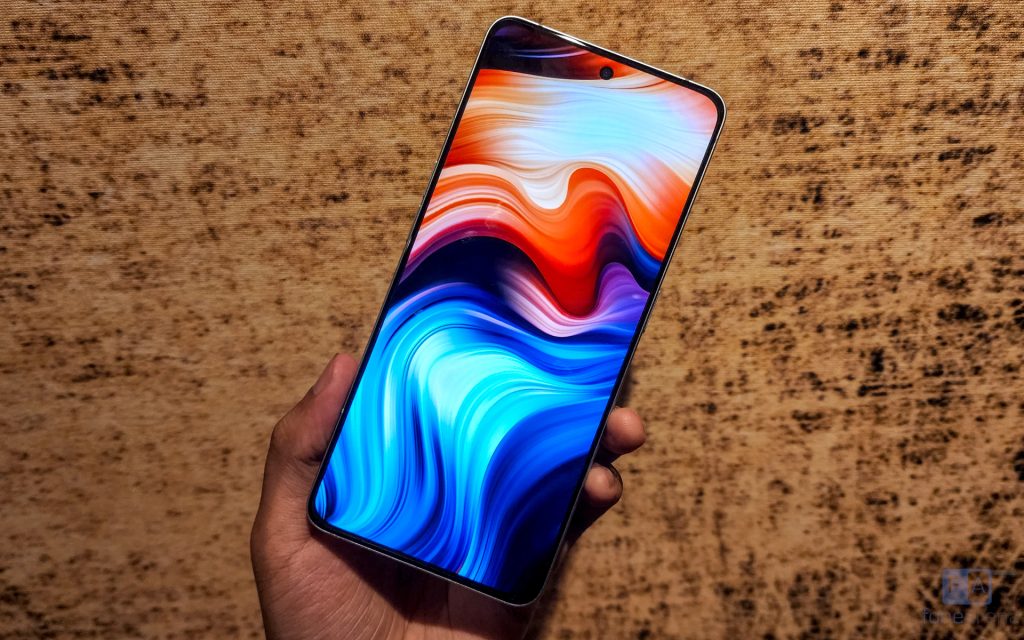
Coming to the display, the Reno8 Pro has a 6.7 inch FHD Flexible AMOLED panel with a resolution of 2412 × 1080 and a maximum refresh rate of 120Hz. The touch sampling rate is set to 120Hz, but it can go up to 360Hz in gaming mode. In Vivid Mode, it is capable of a colour gamut of 100% DCI-P3. The normal maximum brightness is 500 nits, and it can reach 950 nits in peak brightness mode. For protection, the display is covered by Gorilla Glass 5.
For a phone at this price range, the display is very good. It is HDR10+ capable, resulting in a pretty good experience when watching content. Colour reproduction and contrast is good too, and I had no issues with the viewing angles. The normal maximum brightness is not that high, and it can get a little difficult to see content under strong sunlight, but indoors there was no issue. The jump in refresh rate from 90Hz to 120Hz is definitely welcome, bringing the Reno8 Pro on par with the competition.
With ColorOS 12.1, you get a couple of display-specific features such as Dark Mode, an Eye Comfort mode, their O1 Ultra Vision Engine, and of course an Always-on-display (AOD) mode. The AOD offers the usual set of customization options, with the ability to change the clock, text and more. There is no MEMC or DC Dimming option, however.
Camera

The Reno8 Pro’s camera system has mostly remained the same when compared to the Reno7 Pro. Starting with the rear camera system, there is a 50MP Sony IMX766 sensor with f/1.8 aperture, an 8MP Sony IMX355 sensor ultra-wide camera with f/2.2 aperture and 2MP macro camera. The front camera is a 32MP front camera with Sony IMX709 sensor and f/2.4 aperture, which is the same as the Reno7 Pro.
The camera app’s UI has remained largely unchanged. It opens fairly quickly and there is an acceptable amount of shutter lag. Toggles for HDR, flash, AI and the 50MP mode are available for quick access, and the rest of the options can be accessed with a few clicks. Access to other camera modes, including portrait mode, video, macro, night mode and pro mode are a simple swipe away.
The performance of the Reno8 Pro’s camera has been notably improved, particularly the primary sensor. While the hardware itself is the same as the Reno7 Pro, the processing power of the Reno8 Pro is much better. This can be attributed to the custom NPU in the Reno8 Pro called the MariSilicon X. It is designed to provide additional computational power for the camera and the results are quite good.
In well-lit conditions, the primary sensor produces great shots with plenty of detail, sharpness and colours. The white balance was on point and the photos were well exposed. The amount of HDR in photos were tasteful and the focus rarely missed. In low-light conditions, the Reno8 Pro shows clear improvements over the Reno7 Pro. The dynamic range is much better and the noise is less noticeable.
The ultra-wide sensor was not as good though. The quality was a little softer and the white balance was always different from the main sensor. While it is good to have a wide-angle sensor, I wish the quality was similar to the main sensor. The macro sensor on the other hand did not produce any good shots, and I found it puzzling that OPPO still chose to keep it.
Here are some samples:
Regarding videography, the Reno8 Pro is capable of shooting 4K 30fps videos with support for HDR from the main sensor. Switching to the ultra-wide, the maximum resolution it can shoot at is 1080p 60fps. As is with older Reno smartphones, there are a wide variety of filters and video portrait modes supported on the rear camera. In slow motion mode, the camera can record at either 720p/960fps or at 1080p/480fps.
Software, UI and Apps
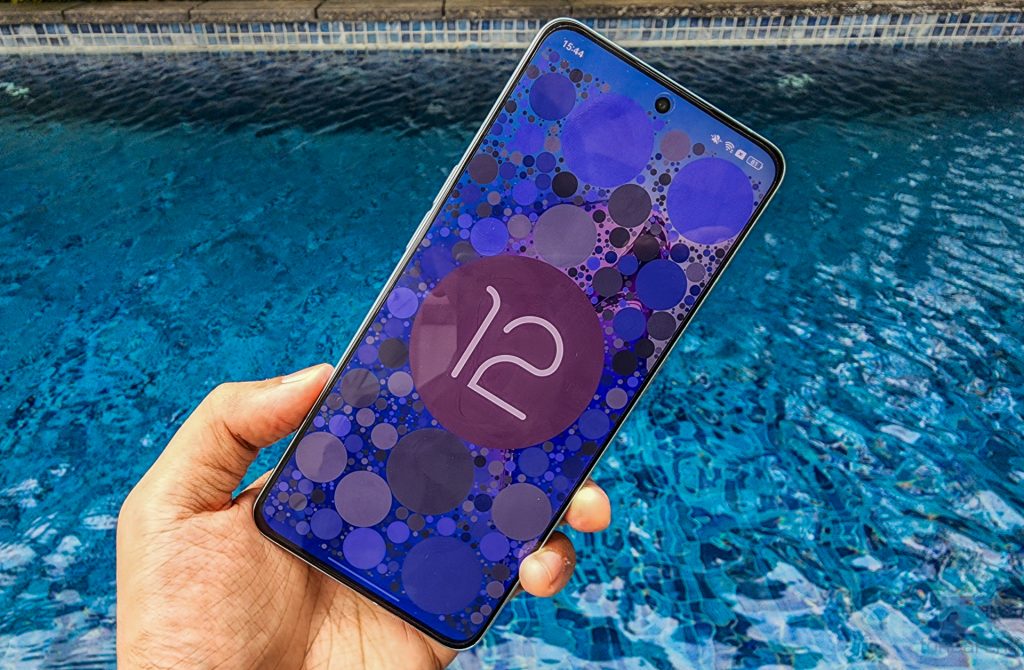
Out of the box, the Reno8 Pro runs ColourOS 12.1 that is based on Android 12. Regarding the security patch, it is running the June 2022 security patch at the time of writing this review. OPPO has promised 2 years of software updates, which is not as long as some other brands in this price bracket.
OPPO has not made any major improvements to ColorOS 12 since I last used it in my review of the Reno7 Pro. You get the usual set of customization options such as changing the system theme, Always-on display, icons and more. Other features include Flexible Windows, a Smart Sidebar, System Cloner, etc.
The software is fast and fluid, with smooth animations and quick app opening times. I didn’t face any major issues with the software experience, and anyone who is familiar with ColorOS will feel right at home.
One of the few issues I faced is the amount of pre-installed apps. They can be uninstalled, but I still find it a bit annoying to see so many apps. Thankfully, OPPO does not show advertisements in ColorOS 12.
Fingerprint sensor
For biometric authentication, the Reno8 Pro features an in-display fingerprint sensor that works as expected. Enrolling fingerprints were easy and unlocking the device was quick. It uses optical technology instead of ultrasonic technology, and it functioned accurately during my review. You can add up to 5 fingerprints and ColorOS supports various features such as App Lock and Privacy Safe.
The phone also supports Face Unlock, but it just uses the front camera sensor. Since it’s not secure, I did not use it.
Music Player and Multimedia
The phone comes with a Music Player app set as default. It is a pretty basic player with the only extra feature being a Sleep timer option. The phone also comes with YT Music preloaded in case you want to use that. It does come with dual stereo speakers, which sound pretty good. They got decently loud and have very little-to-no distortion at maximum volume. The bass isn’t the best, but overall, I was happy with it when watching content.
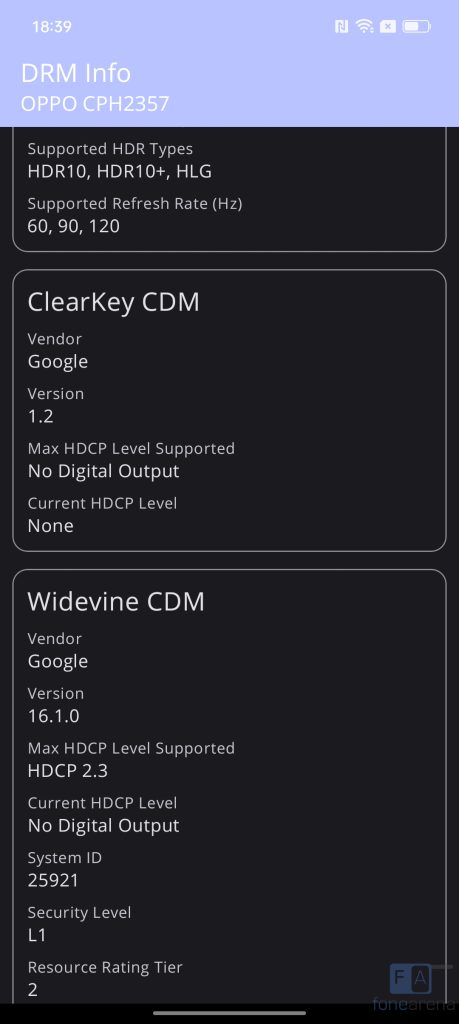
There is no support for Dolby Atmos or Dolby Vision, which is a bummer. The display is HDR10+ capable, though, and it works when watching HDR content on YouTube and on Netflix. It also has Widevine L1 certification, enabling HD video playback in streaming apps.
SIM and Connectivity
The Reno8 Pro has dual SIM support with a Dual SIM slot. It is 5G ready, and it supports 13 5G bands including n77, n78, n38, n40, n41, n1, n3, n5, n7, n8, n20, n28A and n28B. Along with this, it supports 4G LTE, VoLTE, VoWiFi, Wi-Fi 6E, Bluetooth v5.3 and NFC. It also supports carrier aggregation. During my review, calls were clear, and I did not face any drops.
For positioning, it supports GPS, A-GPS, BeiDou, GLONASS, Galileo, QZSS. The SAR value was reported as 1.185W/Kg for Head SAR and 0.921W/Kg for Body SAR. These are well below the limit set by the government.
Performance and Benchmarks
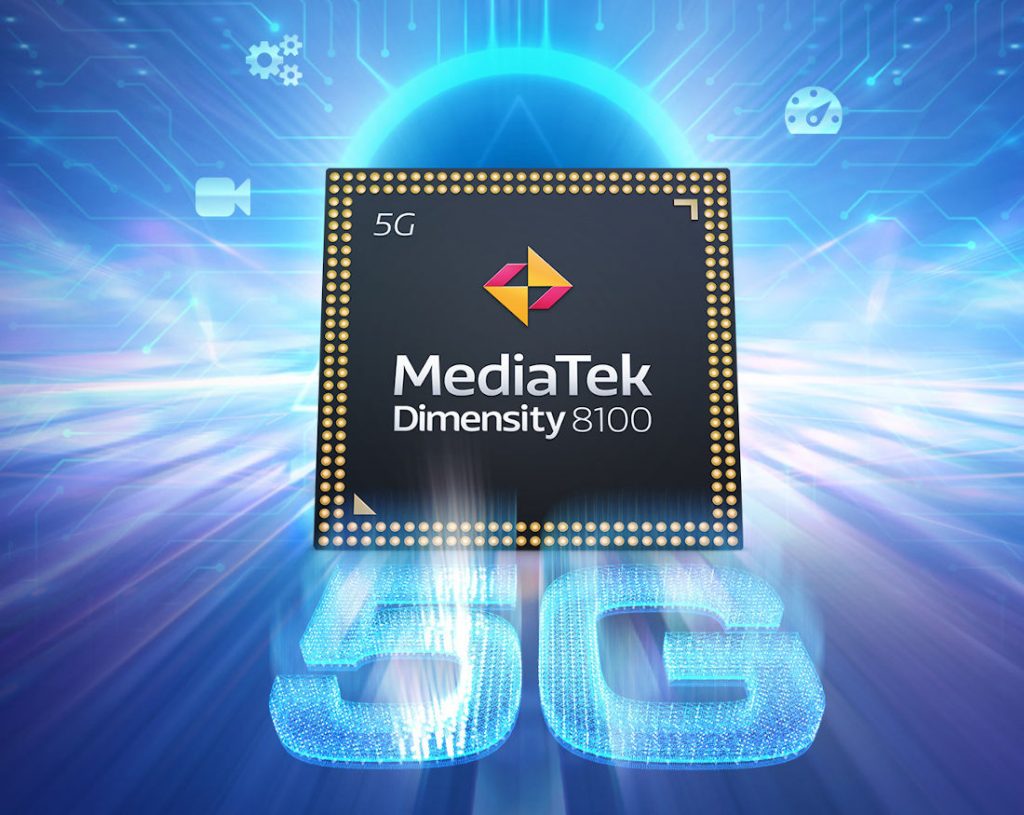
The performance is one of the biggest upgrades for the Reno8 Pro. Jumping from the Dimensity 1200 Max in last year’s Reno7 Pro, the Reno8 Pro is powered by the Dimensity 8100 Max. It is an octa-core CPU that can boost up to a 2.85GHz, and it is paired with a Mali-G610 MC6 GPU.
The Reno8 Pro also features OPPO’s MariSilicon X NPU, which first appeared in their flagship Find X smartphones. It is essentially a coprocessor that improves upon the imaging capabilities of the Reno8 Pro. The chip is designed to perform better s AI noise reduction on 4K 30fps
videos, and enables 4K Ultra HDR Video from the primary rear camera.
Coming to performance of the Dimensity 8100-Max, it is, as expected, very good. With all the performance optimizations made in ColorOS 12, I had a very good experience when it came to everyday use. Apps open quickly, and I rarely noticed a hitch in system animations.
The GPU also is very capable, delivering smooth performance in games such as Call of Duty and Battlegrounds Mobile: India (BGMI). The Reno8 Pro is one of the first I’ve seen to offer 90fps support in BGMI, which is nice. In heavier titles such as Genshin Impact, it offers decent frame rates, somewhere between 45-50. Although I did notice that the performance was being throttled to ensure that the temperature does not cross 40º C. So you aren’t getting the best performance, and if gaming is your primary focus, then I would suggest looking at other options.
Battery life

Keeping the device alive is a 4500mAh battery, which is identical to the battery found in the Reno7 Pro. It uses their dual cell technology to enable faster 80W SuperVOOC charging. Similar to the Reno7 Pro, I had pretty good battery life with the Reno8 Pro. With my regular usage, I was able to get anywhere between 6-7 hours of screen on time. With light usage, you should be able to touch 2 days of usage.
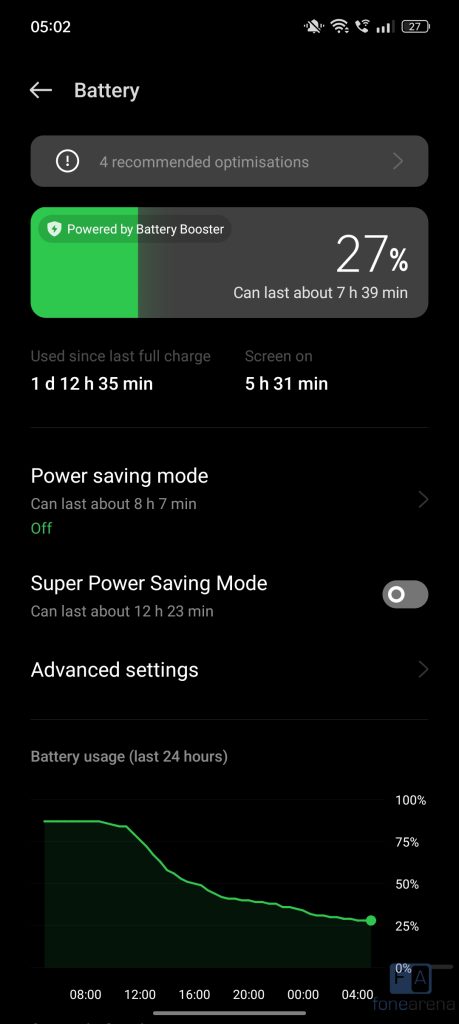
Since it has 80W SuperVOOC technology, I was able to charge the Reno8 Pro from 3% to 100% in about 32 mins. This is really convenient, especially when you can charge the phone for a couple of minutes to get hours of usage.
Conclusion
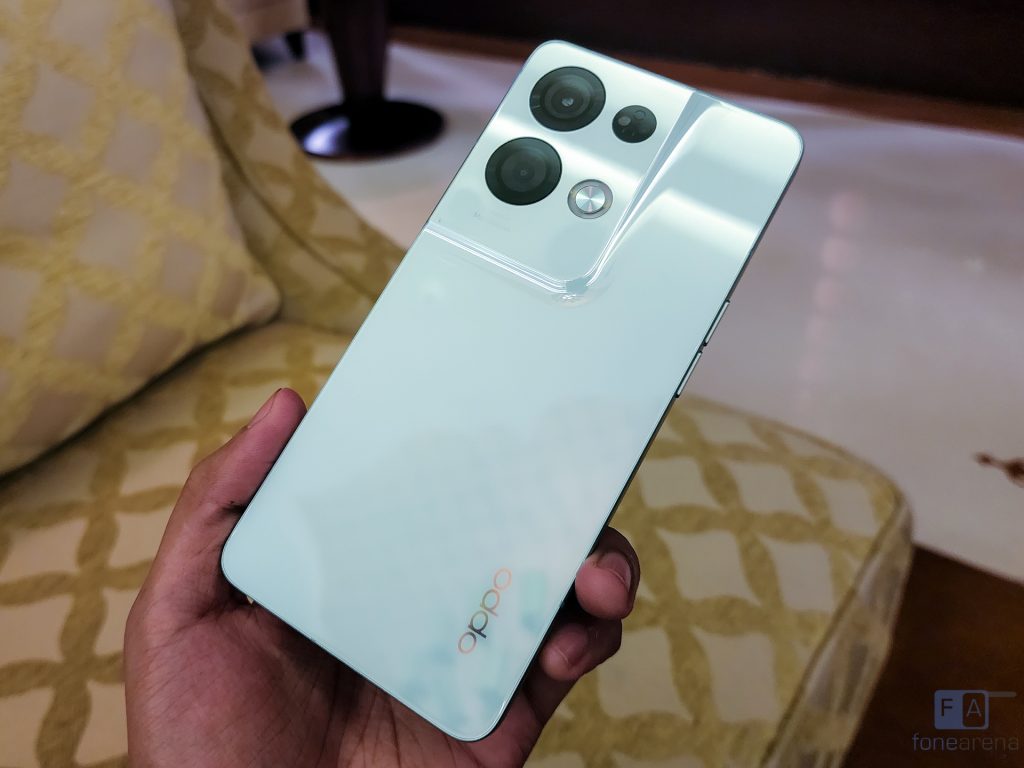
The Reno8 Pro offers a lot of improvements over the Reno7 Pro that could justify the increase in price. It has a better display, faster charging, more powerful processor and a much improved camera. The build quality is good too, although I did like the design of the Reno7 Pro better. For these changes, I wouldn’t mind a price increase.
However, when you factor in the competition, particularly, the OnePlus 10R and the realme GT Neo 3, the OPPO Reno8 Pro looks overpriced. They have very similar specs, offer a similar software experience and better charging speeds (when comparing the 150W variants). The biggest difference would be the difference in camera quality, in which the OPPO Reno8 Pro is the clear winner.
Availability
The OPPO Reno8 Pro is available from Flipkart, OPPO India online store and offline stores priced at Rs. 45,999.
Pros
- Dimensity 8100 processor offers smooth performance
- Great camera performance thanks to MariSilicon NPU
- Good long-lasting battery with fast charging
- 120Hz AMOLED display that is great for content consumption
Cons
- Increase in price
- 2MP macro camera
- Too many pre-installed apps in ColorOS 12

